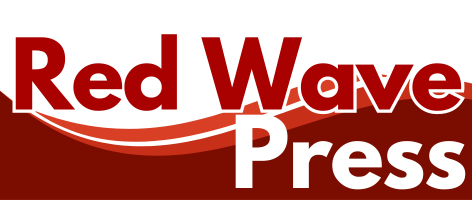The National Transportation and Safety Board (NTSB) held a news conference Friday to discuss its preliminary findings as it wraps up the on-site portion of the investigation into the midair collision between a passenger jet and a U.S. Army Black Hawk helicopter near Washington, DC, that killed 67 people.
NTSB Chairman Jennifer Homendy offered up a fair bit of new information as she detailed the flight paths of both aircraft as they traversed portions of the Potomac River on the evening of January 29, with the eventual crash taking place near Ronald Reagan Washington National Airport. Homendy indicated the Black Hawk was on a combined annual instrument and night vision goggle training flight and that, at one point, the pilot and the instructor pilot reported the helicopter being at different altitudes but didn’t discuss the discrepancy.
HOMENDY: This particular, this particular flight was a check ride for the pilot flying the Black Hawk. Generally, a check ride is a practical exam that a pilot must pass to be qualified to perform specific aircrew or mission duties.
The army does 3 types of check rides. Instrument, annual, and night vision goggles. This was a combined annual and night vision goggle check ride. We believe the helicopter crew was likely wearing night vision goggles throughout the flight. Given the nature of the flight.
Per Homendy, the crew was required to discuss removing the night vision goggles before doing so, and no such discussion was picked up on the cockpit recorder. Therefore, it’s almost certain that night vision goggles were being used at the time of the collision.
Homendy detailed the route of the helicopter, which took it north from its home base at Fort Belvoir, Virginia, to the Cabin John/American Legion Bridge area of Maryland, where it turned around and headed south. At the same time, the passenger jet was making its way north from the Woodrow Wilson Bridge area of Virginia.
The altitudes of the two aircraft as they continued on the collision course were confirmed by Homendy. As it made its final descent into Reagan National, the passenger jet was at 313 feet, two seconds prior to the crash, and the Black Hawk was at 278 feet at the time of the collision. […]
— Read More: redstate.com
What Would You Do If Pharmacies Couldn’t Provide You With Crucial Medications or Antibiotics?
The medication supply chain from China and India is more fragile than ever since Covid. The US is not equipped to handle our pharmaceutical needs. We’ve already seen shortages with antibiotics and other medications in recent months and pharmaceutical challenges are becoming more frequent today.
Our partners at Jase Medical offer a simple solution for Americans to be prepared in case things go south. Their “Jase Case” gives Americans emergency antibiotics they can store away while their “Jase Daily” offers a wide array of prescription drugs to treat the ailments most common to Americans.
They do this through a process that embraces medical freedom. Their secure online form allows board-certified physicians to prescribe the needed drugs. They are then delivered directly to the customer from their pharmacy network. The physicians are available to answer treatment related questions.



